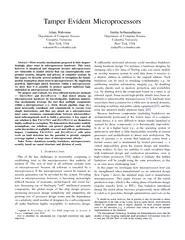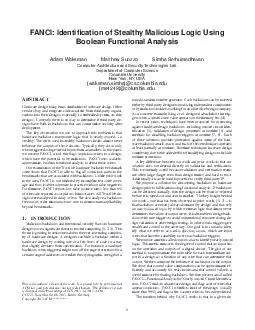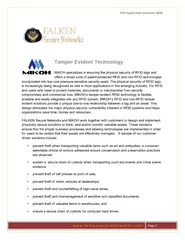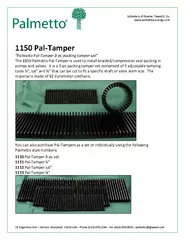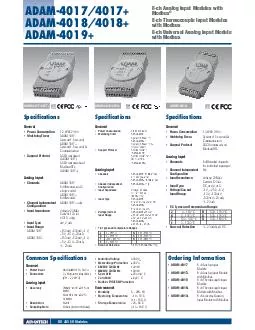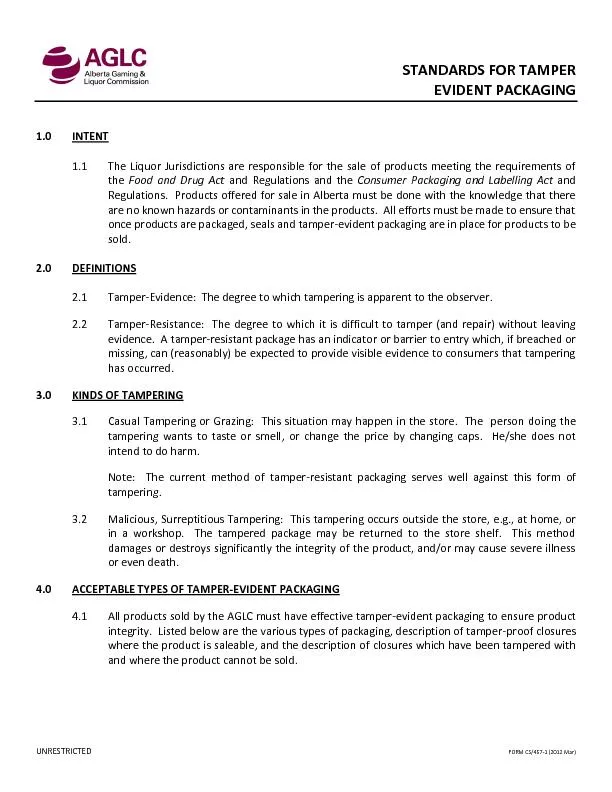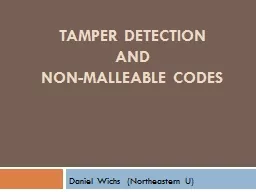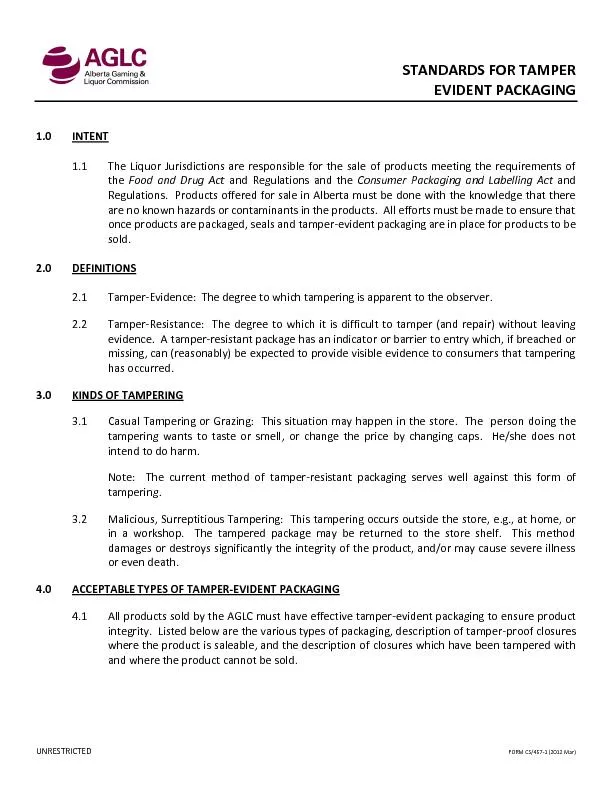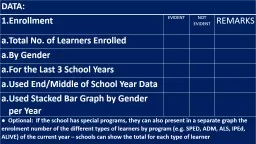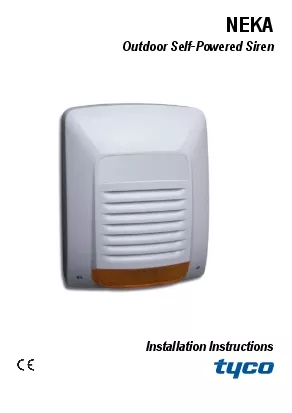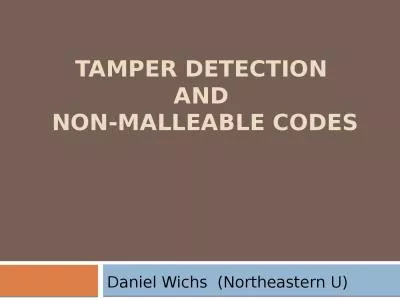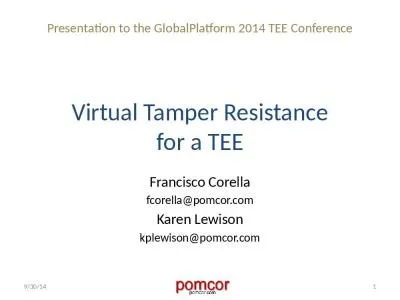PDF-Tamper Evident Microprocessors Adam Waksman Department
Author : min-jolicoeur | Published Date : 2015-06-13
columbiaedu Simha Sethumadhavan Department of Computer Science Columbia University New York USA simhacscolumbiaedu Abstract Most security mechanisms proposed to
Presentation Embed Code
Download Presentation
Download Presentation The PPT/PDF document "Tamper Evident Microprocessors Adam Waks..." is the property of its rightful owner. Permission is granted to download and print the materials on this website for personal, non-commercial use only, and to display it on your personal computer provided you do not modify the materials and that you retain all copyright notices contained in the materials. By downloading content from our website, you accept the terms of this agreement.
Tamper Evident Microprocessors Adam Waksman Department: Transcript
Download Rules Of Document
"Tamper Evident Microprocessors Adam Waksman Department"The content belongs to its owner. You may download and print it for personal use, without modification, and keep all copyright notices. By downloading, you agree to these terms.
Related Documents

